Explore the Best AI Image Gallery
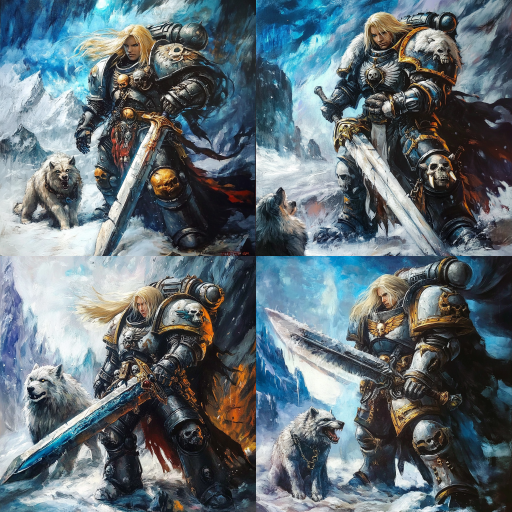
Unleashing Creativity: The Impact of AI-Driven Visual Experiences
The advent of artificial intelligence (AI) has sparked a revolution across various industries, fundamentally transforming how we perceive and create visual experiences. From enhancing artistic expression to reshaping marketing strategies, AI-driven visual experiences are redefining the creative landscape. In this blog post, we will explore the profound impact of these technologies on the creative industry, the potential uses for AI in various domains, the ethical considerations that arise, and the future trends we can expect to see as this technology continues to evolve.
The Role of AI in Creative Industries
AI technologies, particularly in the realm of visual arts, have opened new avenues for creativity. Tools such as generative adversarial networks (GANs) enable artists to create stunning visuals by training algorithms on existing artworks, allowing for the generation of entirely new pieces with unique styles. This collaborative process between human creativity and machine intelligence enriches artistic expression and broadens the scope of what is possible in visual creation.
Several platforms, like DeepArt and Artbreeder, have emerged that allow users to upload their images and manipulate them through AI algorithms. This democratization of art-making fosters inclusivity, enabling not only professional artists but also amateurs to engage in creative expression. Consequently, the ability to create visually striking content has become more accessible, leading to an explosion of new ideas and practices within the art community.
Potential Uses of AI-Driven Visual Experiences
The applications of AI-driven visual experiences extend far beyond traditional art. Here are some notable domains where AI is making significant advancements:
- Marketing and Advertising: Companies utilize AI to create personalized visual content that resonates with their target audience. AI algorithms can analyze consumer behavior, preferences, and trends to generate tailored visuals that enhance brand engagement.
- Film and Animation: In the film industry, AI tools streamline the editing process, automate CGI, and even generate scripts. Visual effects artists are using AI to create realistic animations, enhancing storytelling through immersive visuals.
- Fashion Design: AI is revolutionizing the fashion industry by predicting trends, generating unique patterns, and assisting designers in creating innovative clothing and accessories.
- Gaming: AI-driven visuals in video games are leading to more realistic and immersive worlds. Characters and environments are generated through algorithms, enhancing the overall gameplay experience.
- Virtual and Augmented Reality: AI is critical in enriching VR and AR experiences. It enables real-time interactions and creates dynamic environments that adapt to user behavior, making virtual experiences even more engaging.
Ethical Considerations
As with any technological advancement, the rise of AI in creative industries raises a host of ethical issues. One significant concern is the authorship of AI-generated works. Who owns the rights to an artwork created with the assistance of AI? Is it the artist who influenced the algorithm, the programmer who created the AI, or the AI itself? These questions challenge traditional notions of creativity and ownership.
Additionally, there is the potential for AI to perpetuate biases present in training datasets. If an AI system is trained primarily on works that reflect a specific demographic, it may inadvertently produce outputs that favor those perspectives, thereby marginalizing alternative voices within the creative community. Thus, ensuring a diverse and inclusive data set is paramount to fostering innovation and representation in AI-generated images.
Future Trends in AI-Driven Visual Experiences
The future of AI-driven visual experiences is promising, with numerous trends poised to shape its development. Key areas to watch include:
- Increased Personalization: As AI technologies continue to evolve, we can expect even greater levels of personalization in visual content, offering unique experiences tailored to individual preferences and behaviors.
- Integration of AI with Traditional Art Forms: Traditional artists are likely to increasingly adopt AI as a tool in their creative arsenal, leading to a fusion of classic techniques with modern technology.
- Ethical Frameworks for AI Art: As the discussion around the ethics of AI-generated content intensifies, we may see the development of standardized guidelines addressing authorship, copyright, and biases in training data.
- AI as a Collaborator: Rather than replacing artists, AI will serve as a collaborator that enhances human creativity, leading to innovative artistic outcomes that were previously unattainable.
In conclusion, AI-driven visual experiences are transforming the creative landscape in unprecedented ways. From enhancing individual artistic expression to shaping industries like marketing, film, and gaming, the influence of AI is far-reaching and continues to grow. As we navigate the creative potential of these technologies, it is essential to address the ethical considerations they introduce, ensuring that this powerful tool can be harnessed responsibly and inclusively. Embracing the synergy between humanity and machine intelligence will undoubtedly shape a vibrant, dynamic future for visual arts.


](https://images.ai-img.art/thumbnails/150/74fe39465fb728f0be740f14a0e753985a7a202a983fe8b708cd56665252aeb0.webp)


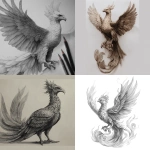
](https://images.ai-img.art/thumbnails/150/e98e848b82dd4c7762990adeecb0b8b8994cc5e19d6b8106a7d02da204d15496.webp)


](https://images.ai-img.art/thumbnails/150/ab72cef4d9d2967ca2b116b76986000e543809d8a2644dfd122b830fa87f3062.webp)
](https://images.ai-img.art/thumbnails/150/9a236083efc412f2063ce4fe8743e0c52f92ae8bc763b64d2c7a1249b5c0e3e8.webp)


](https://images.ai-img.art/thumbnails/150/87970d07238103a69c098a36fcaa89dde90d12a4a2ff107e8bd2e2b08e1778a2.webp)
](https://images.ai-img.art/thumbnails/150/477e3ed7292726f6dd8626f0b911bbba218c93298c561d5a7e2dc9b5313461c3.webp)


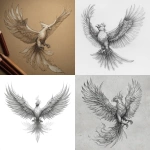
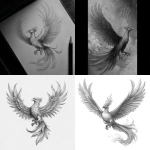
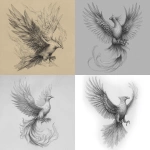
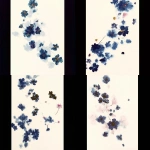




](https://images.ai-img.art/thumbnails/150/2f2f9fd945df5b3a1e8cd78edc892e036af6d868ac9123e2e23def2d2f286810.webp)
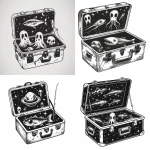












](https://images.ai-img.art/thumbnails/150/4afb6c64b7f45f3dd207e7dee8c1e653bec05393e8a83cbc94a48a3c6f3720a4.webp)





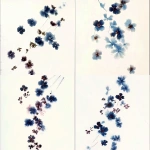


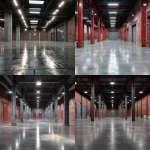
](https://images.ai-img.art/thumbnails/150/044930b0e6606b87c7ab54cfc9ac3d59533cf3d6d7d658dbb1faa1b97c575dd2.webp)